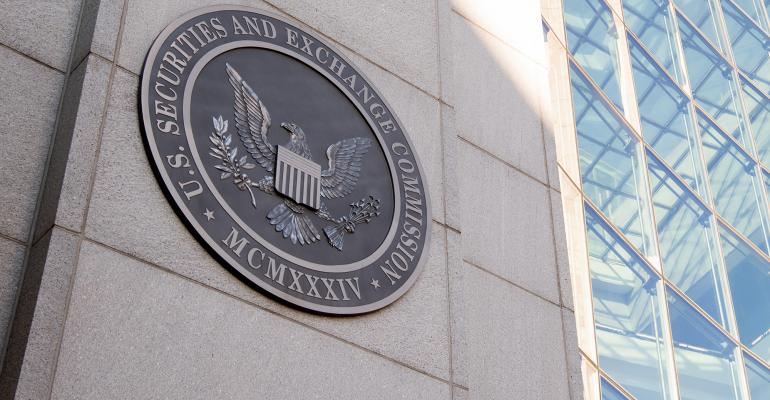(Bloomberg) -- The US Securities and Exchange Commission is set to impose a slate of new rules on money-market mutual funds, setting up a potential clash with titans in the $5.5 trillion industry.
Wall Street’s main regulator plans to hold a meeting on July 12 to finalize the changes, which are meant to prevent the kind of outflows that occurred in March 2020 when the onset of the pandemic roiled markets. That turmoil prompted the Federal Reserve to intervene and rescue money-market funds for the second time in 12 years, spurring calls for the SEC to impose tougher regulations.
When it was introduced in December 2021, the SEC’s plan drew an immediate rebuke from industry. The proposal, which could differ from the final rules to be unveiled next week, would have imposed swing pricing requirements that critics said could make funds more costly and less attractive.
Money-market participants have been bracing for the regulations. As part of its administrative process, the SEC takes into account comments that it receives on proposals before holding a vote to finalize its rules, like the one scheduled for next Wednesday.
If adopted as proposed in December 2021, the new rules would:
- Increase the percentage of total assets that funds must maintain in cash or other assets that can be liquidated quickly — to 25% for overnight liquidity and 50% for weekly liquidity
- Remove funds’ ability to charge fees for redemptions or temporarily restrict them if liquid assets fall below certain thresholds
- Require that institutional prime and tax-exempt funds use a swing pricing mechanism that the agency says forces redeeming shareholders to bear costs of pulling out money
- Require that government funds convert to a floating net asset value in the event interest rates turn negative
--With assistance from Silla Brush.





